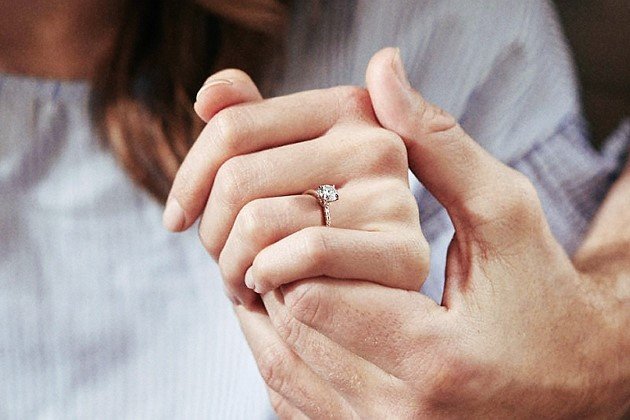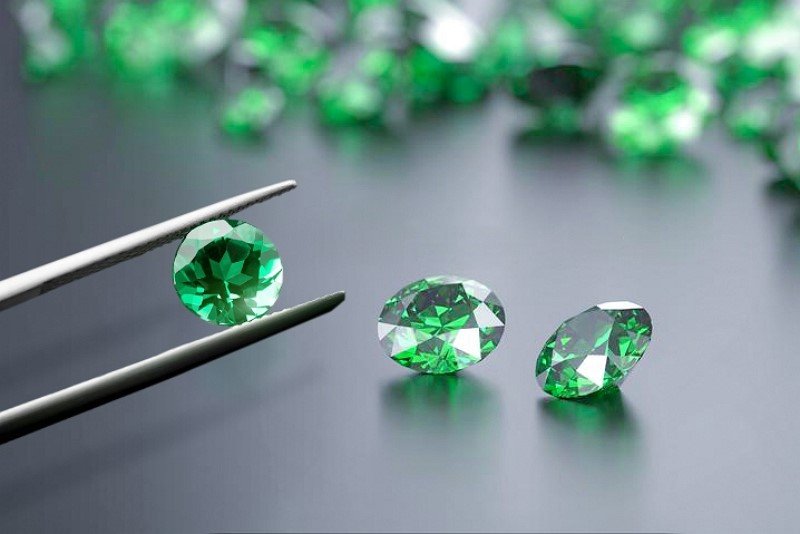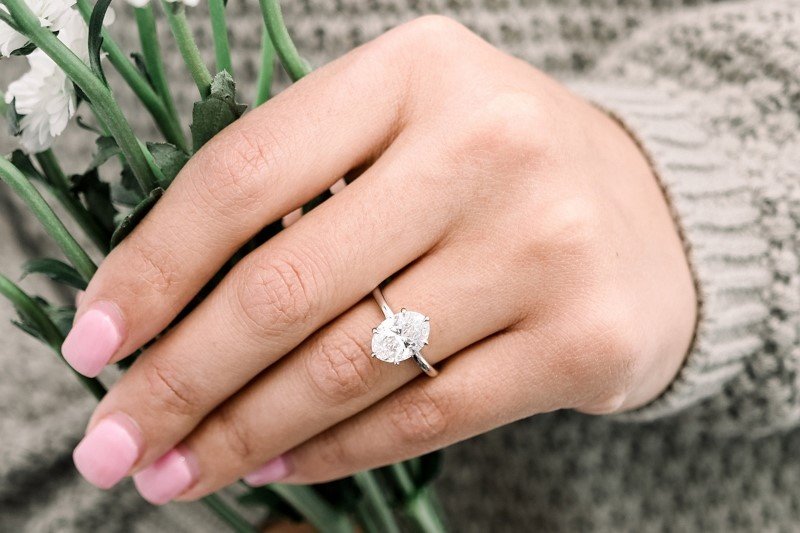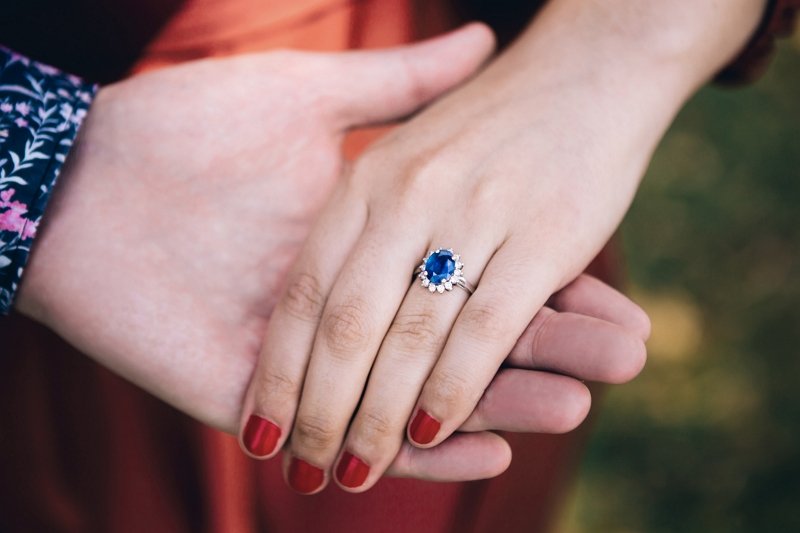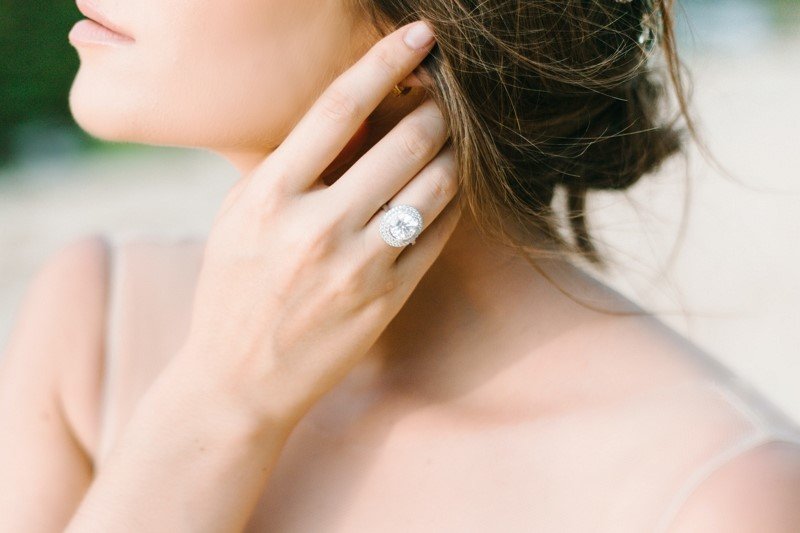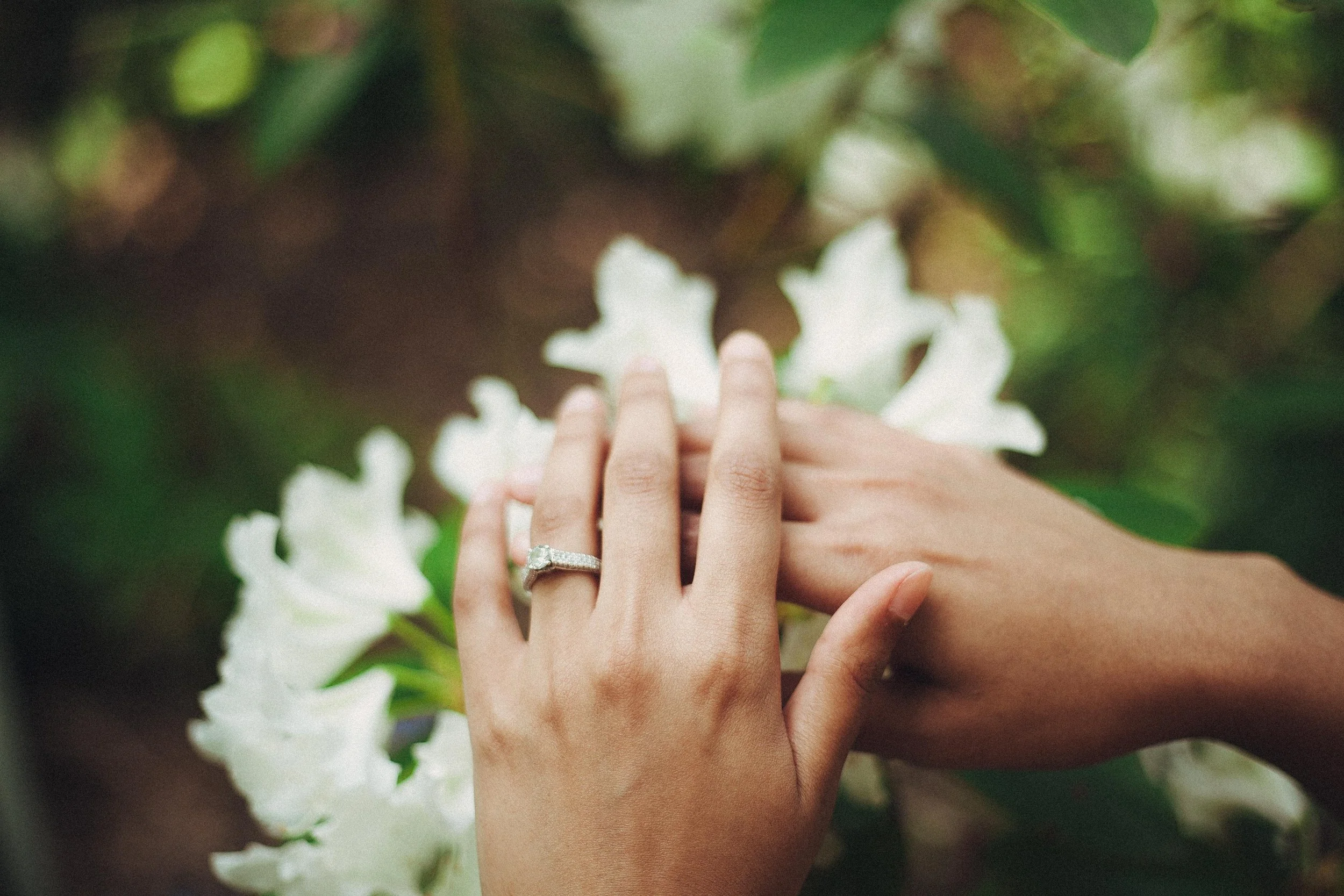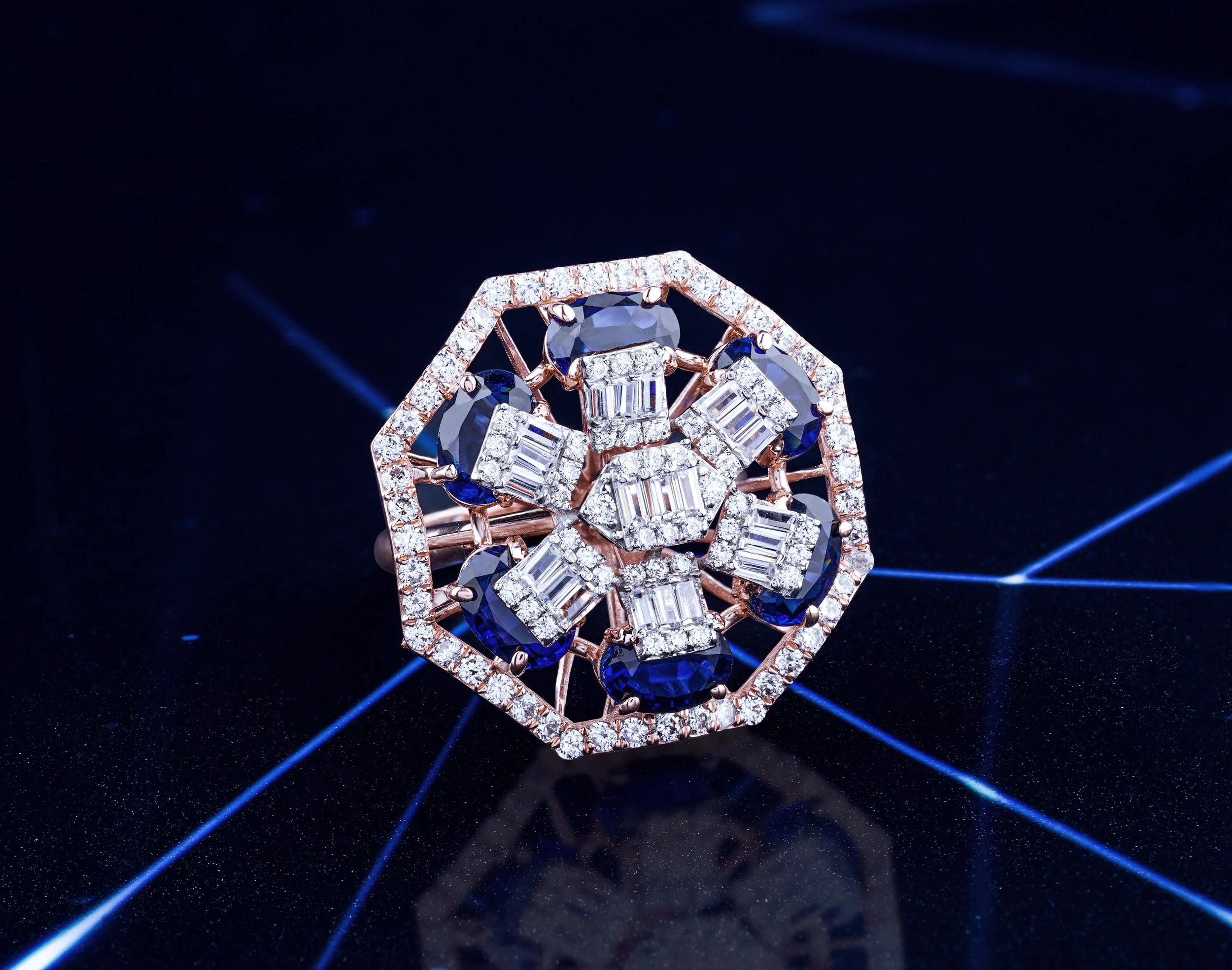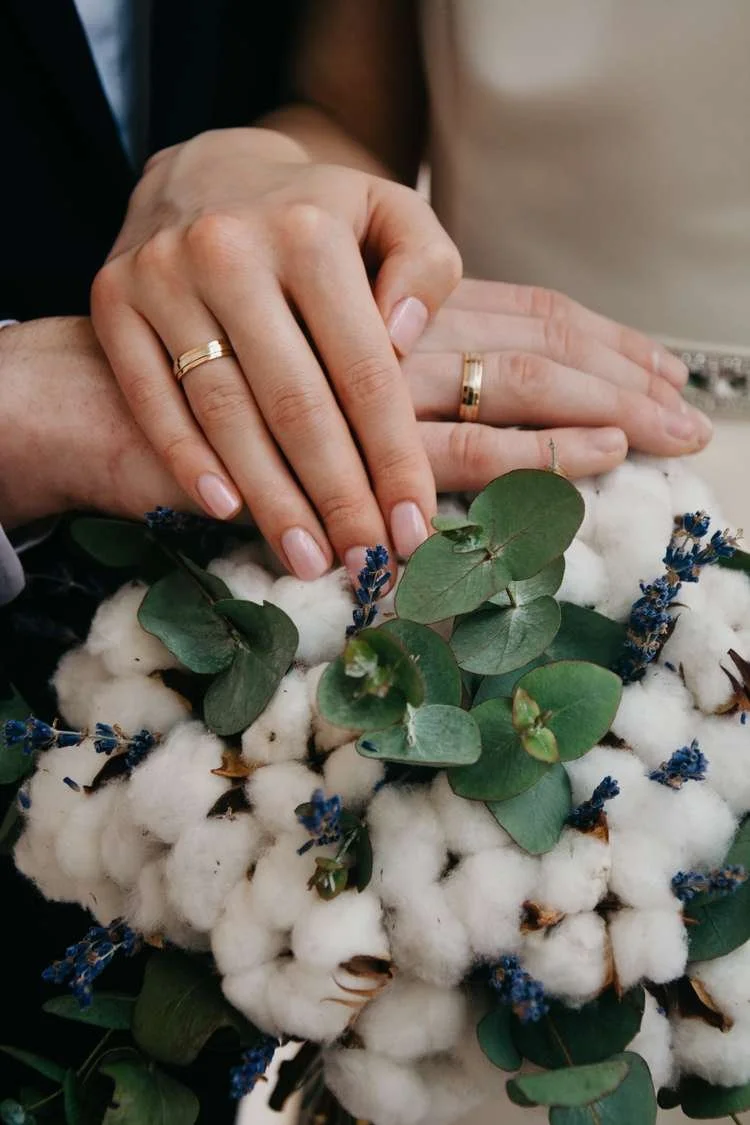The Difference Between Emeralds, Green Natural Diamonds, and Green Lab-grown Diamonds
Green diamonds and emeralds some of the most coveted gemstones in the world. When incorporated into a piece of jewelry, they command instant attention and elevate the sentimental and market value of the ornament.
If you’re not lucky enough to have one passed down as an inheritance, you’ll most likely have to cough out quite a hefty amount to get one. But that’s quickly changing, thanks to the emergence of lab-made alternatives.
You’ve probably already found an affordable deal for lab-made green diamonds and emeralds, but haven’t decided yet on which one to pick for your engagement ring. In this guide, we’ll show how the two compare in many respects - optics, color range, pricing, etc., and then discuss when to choose which.
Green diamonds vs. emeralds - how they compare in key aspects
Chemical properties
Emeralds get their unique chemical and physical composition from a combination of beryllium and aluminum silicate. Other popular members of this beryl family include aquamarine and morganite.
Emeralds get their signature green color from the presence of trace amounts of chromium. Deeper hues attract higher prices. However, unlike aquamarine and morganite, emeralds pale in terms of clarity. You can expect deep-colored, high-clarity emeralds to attract some of the heftiest price tags.
Diamonds, on the other hand, are made of pure carbon crystals that are highly refractive. Given their relatively higher purity, even those with comparatively low clarity will refract light with much higher intensity compared to the clearest emeralds.
Physical properties
Another key difference between the two is the hardness. Green diamonds are a lot tougher than emeralds, and this has a lot of repercussions. Emeralds rank 7.5 of 10 on the Mohs scale, while diamonds are 10 out of 10. Given their relative frailty, emeralds hold up to fewer types of cuts, limiting your choice in that area.
Emeralds also chip and wear faster, requiring restorations or replacements sooner. The reason is mostly that emeralds contain a mix of elements while mined and lab-grown diamonds are pure carbon. Diamonds can take on over 60 different types of cuts, whereas emeralds can only accommodate a handful.
Appearance
Color
Emeralds are famous for their deep, vibrant green color with a slight blue undertone. They’re naturally green because of their chemical composition.
Mined and lab-made green diamonds, on the other hand, aren’t inherently green. They give off green light because of the way they bend light passing through them. The ‘diamond-type’ of green is different in the sense that the intensity varies based on the angle of view, from the deepest hues to crystal clear.
Green diamonds also vary widely in saturation. Sometimes it’s pure green. However, since many of them have green radiation blotches or stains on the surface that polish away during the cutting process, the color can be lost. Because of this, most of them are not completely green.
Sparkle and brilliance
Diamonds give off a far superior sparkle given their significantly higher refractive index. Compared to an emerald’s reflective index of1.56, diamonds come in at a whopping 2.42. This creates a greater dispersal of light resulting in higher brilliance.
However, high sparkle could be seen as a flaw in emeralds, because they are supposed to give off a deep, mature glow.
Clarity
Every gemstone comes with some degree of impurities - inclusions, gas bubbles, minerals, etc. The measure for this is termed ‘clarity’. The less visible the inclusions, the higher the clarity. Higher clarity means higher prices both for green diamonds and emeralds.
A diamond with high levels of inclusion can still appear crystal clear to the naked eye, with the inclusions noticeable only under a microscope. However, unlike diamonds, even the lowest levels of inclusion can leave a significant fog on an emerald. The clarity of an emerald ranges from cloudy or softly cloudy to nearly clear.
Rarity and price
Diamonds are the most expensive gemstones. As a rare fancy-colored diamond, green diamonds are even more expensive than a colorless diamond. One carat of a vivid green natural diamond sells for around $500,000. Emeralds are also rare, but they’re nowhere near as expensive as diamonds. But at $18,000 per carat, they still command a high premium.
Lab-made green diamonds, on the other hand, cost far less than emeralds. On average, you can get a green brilliant lab-made diamond with deep tones, excellent fire, and high clarity for only $5000 per carat. Different cuts have different prices.
Which of these gorgeous gemstones makes a better choice for an engagement ring?
Although green diamonds and emeralds share a lot in common, you can’t use one in place of another because the difference is quite clear.
Here’s what to consider when choosing between the two:
Engagement ring appearance
Do you want a deep, dark glow from your engagement ring? Something with a warm and rich look? Then perhaps an emerald might be a better pick for you. Emeralds come with a subtle glow that puts everyone at ease. The warm, enchanting look makes it ideal for evening wear and outings with friends and family.
Green diamonds stand for strength, prosperity, and longevity. They have an intense sparkle that makes a bolder fashion statement. In contrast to the darker emerald, their dazzling shine is incredibly attractive, and their lighter tone makes them easier to dress for daytime.
Engagement ring wearability
Another factor to consider when choosing between the two is how regularly you’ll wear them. Emeralds are suitable for everyday use. But you’ll have to be careful to prevent it from chipping and wearing sooner. Emerald cuts have more acute edges that protrude outward, and these edges are susceptible to chipping over the years. You might need to restore or replace your engagement ring’s emerald once every few years.
Green diamonds are suitable for everyday use given their sheer magnificence. As aforementioned, emeralds rank 7.5 out of 10 on the Mohs scale, while diamonds rank 10 out of 10. Diamonds are the hardest substance on the planet known to man, and you can use them every day without ever worrying about chipping or scratching. You even can pass it down in pristine condition as a coveted family heirloom.
Meanings and symbolism
Emeralds were once associated with the goddess of Venus, which represents fertility, good luck, and endless love. Choosing an emerald for an engagement ring can serve as a constant reminder of the deep and eternal love you share with your partner. It is said to imbue your home with peace, blessings, and prosperity.
Natural green diamonds symbolize youthfulness, vigor, and power. By using them in your engagement ring, they can bring peace, harmony, and prosperity into your home and partnership.
Lab-made green diamonds made from hair are even more significant. Besides the fact that they have a part of you or your loved ones physically embedded in them forever, they’re also the perfect reminder of everything we find unique and lovely about our loved ones. You can have them fully customized to your taste and embedded with romantic texts, honoring your personalized love story.
Cost-effective engagement ring center stone choice
Green diamonds always rank as the better choice for engagement rings, but their price often steers couples away. Rather than buy an emerald, you could own a gorgeous green diamond engagement ring at a fraction of the cost by choosing lab-grown diamonds. Lab-grown diamonds are considered to be just as genuine as mined diamonds, while being the more cost-effective and eco-friendly choice. There are many options for lab-grown diamond engagement rings, and Sunny Eden™ is one of them.
Each diamond Sunny Eden™ produces comes with a Certificate of Authenticity. Just like their natural counterpart, lab-grown diamonds are superior to emeralds in many different aspects while costing far less. That means that at a fraction of the cost of emeralds, you can get a green gemstone that’s bigger, much tougher, brighter, more colorful, and tailor-made to your preferences.
Conclusion
Green diamonds and emeralds are among the rarest gemstones and are excellent choices for an engagement ring. While they share a lot in common, however, they differ in many regards. Diamonds are far superior for many reasons. However, the price of natural green diamonds is off-putting to many couples, making emeralds a more ideal option for those without a huge budget.
Lab-grown green diamonds offer an even better alternative. They’re much less expensive than emeralds, but come with the full glory of natural green diamonds. Plus, they allow for customization choices. With lab-made green diamonds made from hair, you can walk around wearing a piece of your significant other (literally), with embedded texts reminding you of your unique love story.










